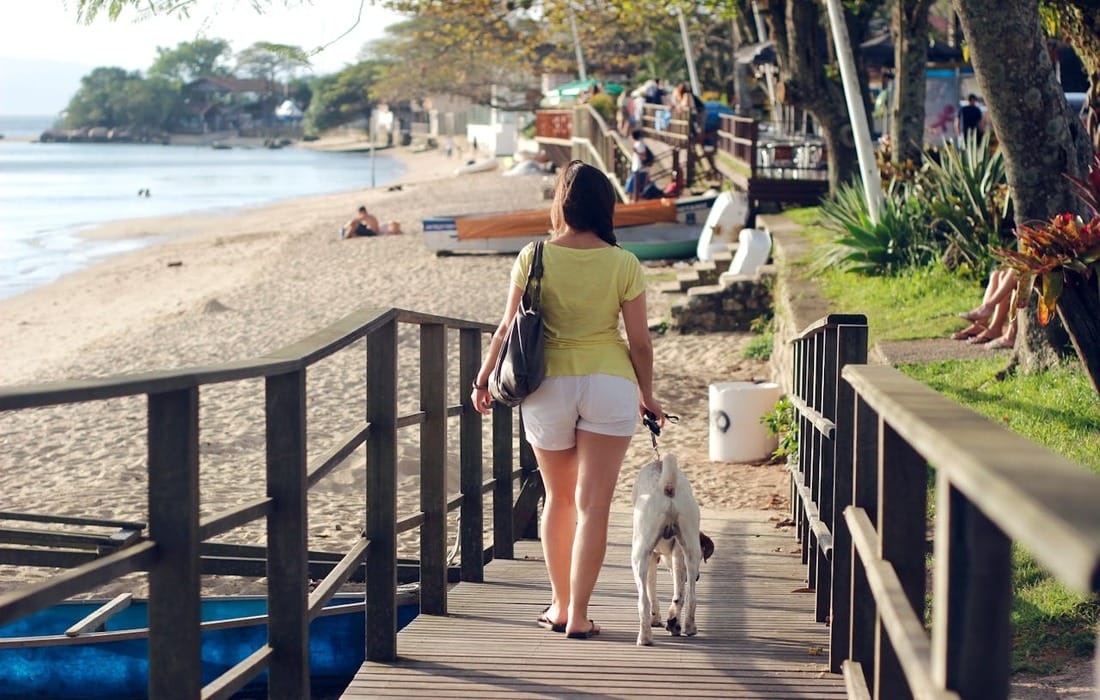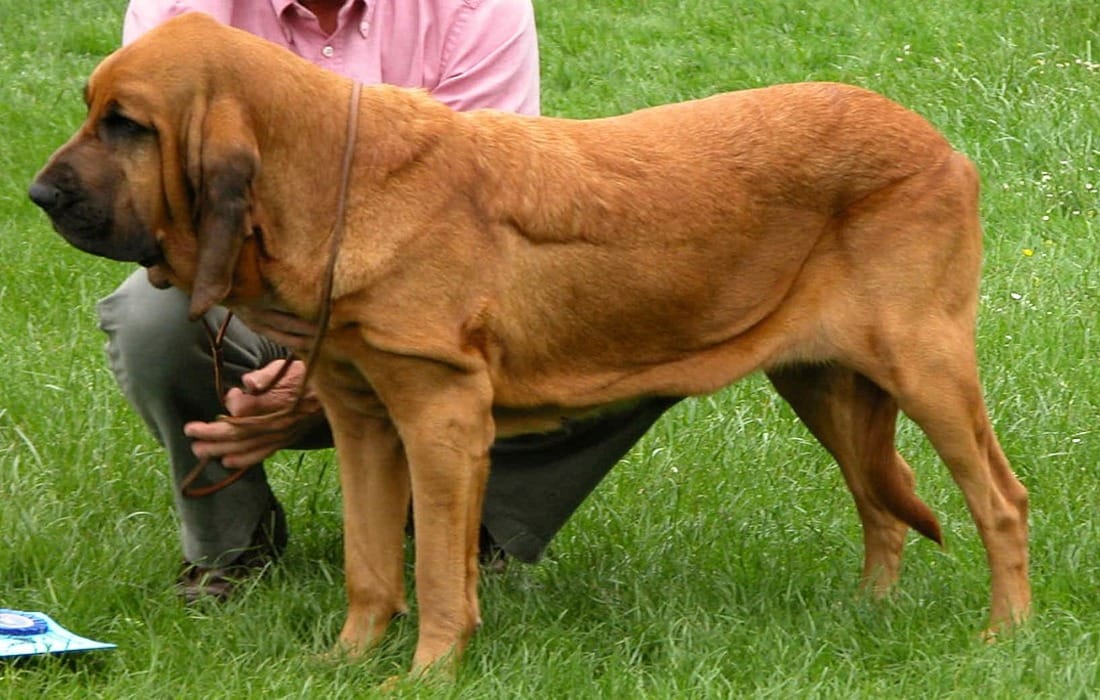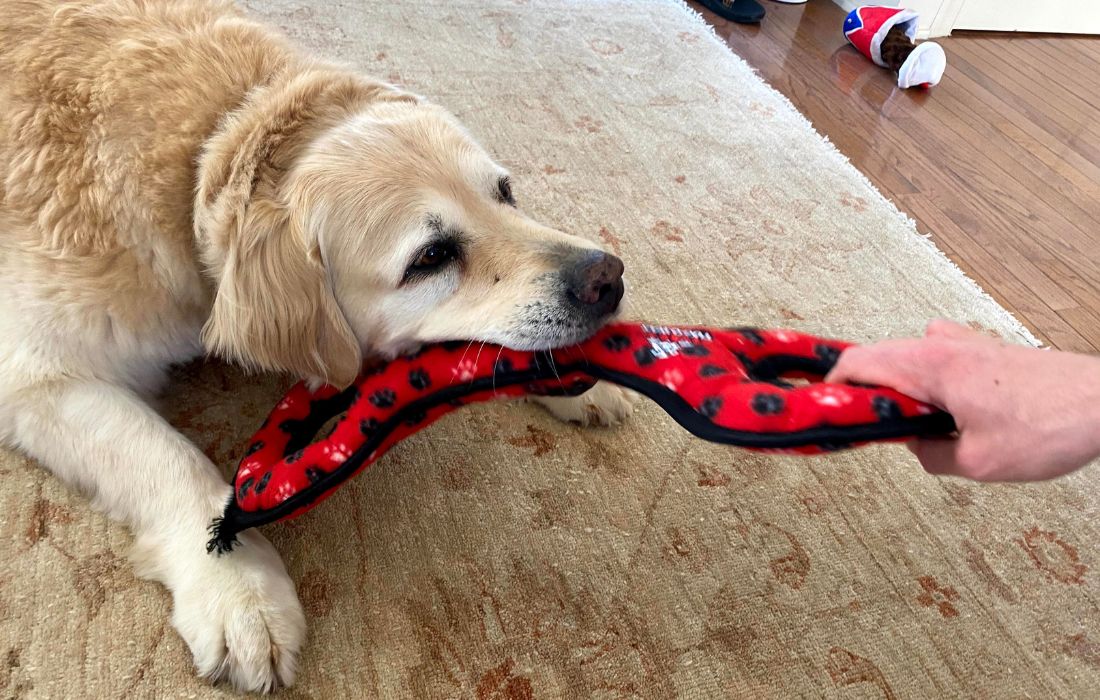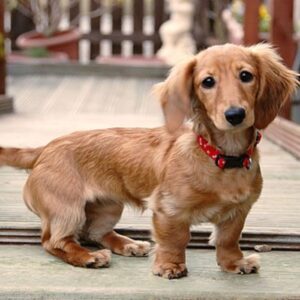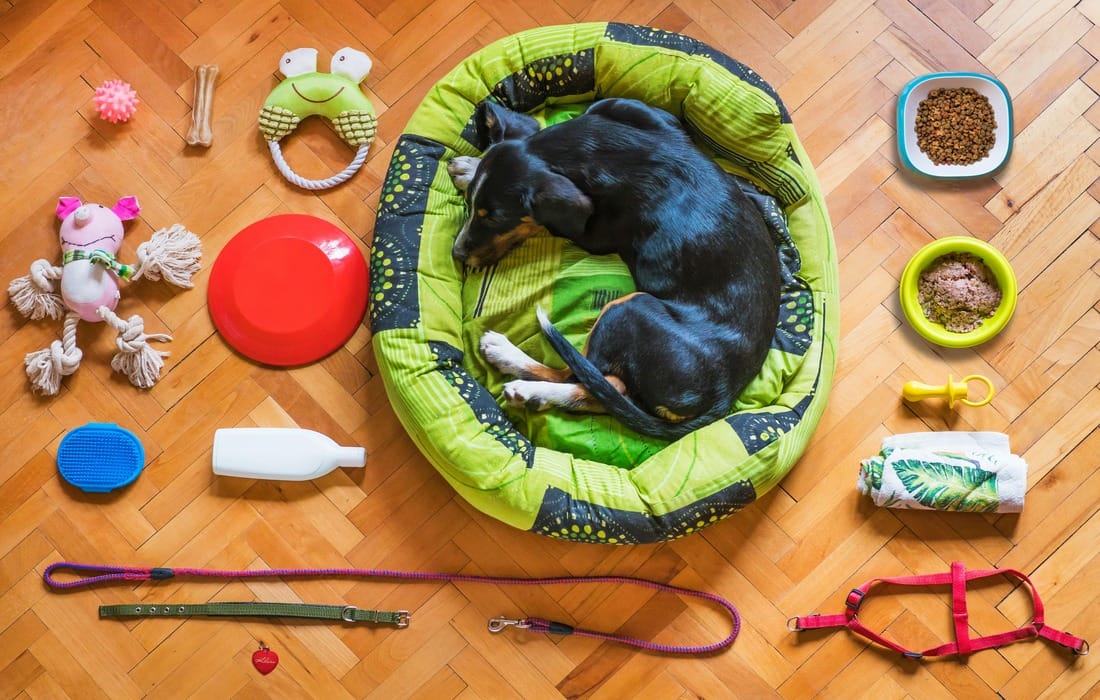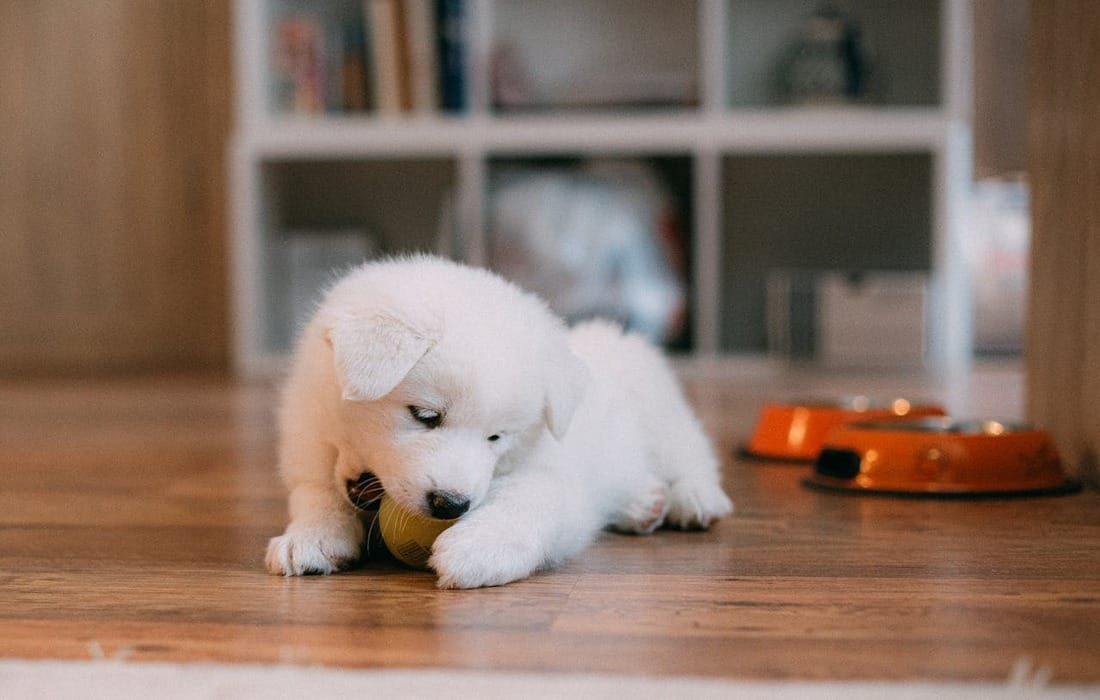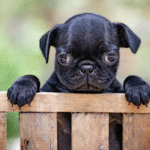As pet parents, ensuring our furry companions are safe, happy, and comfortable in our homes is always a top priority. One area where dogs spend a lot of their time, especially during warmer months, is the garden. Whether they are running around chasing squirrels, enjoying the sunshine, or simply relaxing on the lawn, creating a dog-friendly garden environment is essential.
However, it’s not just about making your garden accessible to your dog—it’s about making it safe, enjoyable, and comfortable for them. This guide will explore practical steps for transforming your outdoor space into a haven for your dog, while also taking care of your garden’s beauty and functionality. From choosing pet-safe plants to creating secure play areas, we’ll cover all the details to help you make your garden an ideal spot for your dog.
Why Create a Dog-Friendly Garden?
Before diving into the practicalities, it’s important to understand why a dog-friendly garden is essential. Dogs need space to explore, play, and relax. A garden offers them a safe and natural environment to do so. Creating a space that caters to your dog’s needs has several benefits:
- Exercise and Mental Stimulation: A well-designed garden gives your dog ample room for physical activities like running, fetching, and playing with toys. It also provides sensory stimulation, helping keep them mentally sharp.
- Stress Relief: Spending time outdoors in a secure environment can help alleviate stress and anxiety, making your dog feel more relaxed and at ease.
- Healthier Environment: A dog-friendly garden can encourage your dog to be more active, promoting good physical health.
- Protection from Potential Hazards: A properly designed garden minimizes potential risks such as toxic plants, sharp objects, or insecure fences.
Now, let’s dive into the steps to create a practical dog-friendly garden that benefits both you and your dog.
1. Secure Your Garden: Fences and Boundaries
One of the first considerations when making your garden dog-friendly is securing it. Dogs are curious creatures and can easily wander off if they are not confined to a safe area. Whether your dog is small or large, having a secure boundary is essential to prevent escapes and ensure their safety.
Choosing the Right Fence
When selecting a fence for your garden, consider your dog’s size, breed, and jumping ability. Some dogs are escape artists, and a traditional wooden or wire fence might not be enough. Here are a few options:
- Tall Fencing: A taller fence (at least 6 feet high) is ideal for larger, athletic dogs that are known to jump. It also helps prevent curious dogs from climbing over.
- Dig-Proof Fencing: If your dog loves to dig, opt for a fence with a buried bottom or a wire mesh buried underground to prevent them from digging their way out.
- Privacy Fences: Privacy fences provide a barrier that prevents your dog from getting distracted by movement outside your garden. This can help prevent overexcitement or anxiety.
Gates and Locking Mechanisms
Ensure that gates are secure and cannot be easily opened by your dog. Some dogs may figure out how to open gates, so consider adding locks or dog-proof latches to keep your dog safely inside.
2. Create a Dog-Friendly Garden Layout


The layout of your garden plays a significant role in creating a dog-friendly environment. You’ll want to design the space to allow your dog enough room to roam, play, and relax.
Pick a Play Area
Creating a dedicated space for your dog to play in helps keep the rest of your garden intact and ensures your dog has a safe, enjoyable place to run around. This area can be paved with soft grass, rubber mulch, or artificial grass for easy maintenance.
- Soft Surfaces: Consider using rubberized tiles or grass for the play area. These materials provide comfort and reduce the risk of injury when your dog is running or playing.
- Dog-Friendly Paths: If your dog loves to run or sprint, create wide, circular paths in your garden for them to chase after toys. You could also create a mini agility course with tunnels, jumps, or weaving poles.
Shade and Shelter
Dogs are vulnerable to overheating, especially during hot weather, so providing shaded areas where they can retreat and cool down is essential. Consider using pergolas, trees, or awnings to create shaded spots in your garden. If your dog enjoys lying in the sun, make sure there’s a cool, shaded option nearby.
- Dog House or Shelter: A small dog house or shelter can provide additional protection from the sun and rain, offering your dog a private space to retreat to when they need a break.
3. Dog-Friendly Plants and Landscaping
When designing your garden, it’s crucial to choose plants that are safe for your dog. Many common garden plants are toxic to dogs and can cause harm if ingested. Here are some general guidelines to help you select dog-friendly plants:
Toxic Plants to Avoid
Certain plants, flowers, and shrubs can be harmful to dogs if ingested. Avoid planting the following:
- Azaleas: Known to cause vomiting, diarrhea, and lethargy.
- Oleander: Can lead to heart problems and even death if consumed.
- Tulips: The bulbs can cause digestive issues, including nausea and diarrhea.
- Foxgloves: These can cause vomiting, diarrhea, and cardiac issues.
- Sago Palm: Extremely toxic to dogs, causing liver failure and potentially fatal results.
Safe Plants for Dogs
Thankfully, there are many dog-friendly plants that add beauty to your garden without posing a risk. Some of these include:
- Sunflowers: Bright and cheerful, sunflowers are safe for dogs and easy to grow.
- Marigolds: These colorful flowers are non-toxic and can brighten up your garden.
- Lavender: Not only does lavender smell great, but it’s also safe for dogs and can help calm anxious dogs.
- Rosemary: A fragrant herb that is safe for dogs, rosemary can be used in cooking and as a natural flea repellent.
- Basil: Safe for dogs and can add flavor to your meals.
- Snapdragons: These flowers are beautiful and non-toxic for dogs.
When designing your garden, also consider the layout to ensure that plants are out of reach of your dog if they have a tendency to chew or ingest greenery. Raised garden beds or plant containers can help keep plants safely away from your dog.
4. Provide Safe Toys and Play Area
A dog-friendly garden isn’t complete without toys and play area that can keep your dog entertained. A variety of outdoor toys will ensure that your dog stays engaged and gets plenty of exercise.
Durable Dog Toys
- Balls: Rubber or tennis balls are great for fetch and are durable enough to withstand your dog’s enthusiastic play.
- Frisbees: A flying disc can provide hours of fun, particularly for high-energy dogs who love running.
- Rope Toys: These are ideal for tug-of-war games and can be used to strengthen your bond with your dog.
- Chew Toys: Dogs love to chew, and chew toys can help satisfy this natural instinct. Look for chew toys made from durable materials, such as nylon or rubber.
DIY Play Areas
If you’re feeling creative, you can make your own dog-friendly play equipment. For example, build a simple agility course with cones, hurdles, or tunnels. This provides physical exercise and mental stimulation, as your dog learns to navigate through the course.
5. Consider Your Dog’s Health and Safety
In addition to providing toys and a secure area, you must also take measures to ensure your dog’s overall health and safety in the garden.
Pest Control
Dogs are often exposed to pests like ticks, fleas, and mosquitoes in the garden. To protect your dog from these pests:
- Use pet-safe repellents or sprays that are safe for both plants and pets.
- Install mosquito nets or flea treatments that can be used around the yard.
- Regularly check your dog for ticks, especially after playtime in the garden.
Hydration and Rest Areas
Make sure your dog has access to fresh, clean water at all times when they are in the garden. A dog-friendly water bowl that’s easy to access and refill is essential. Additionally, create a comfortable resting area where your dog can lie down and relax after playing.
6. Maintain Your Garden for Safety
Finally, regular maintenance of your garden will help ensure it remains a safe environment for your dog.
- Check for Hazards: Walk through your garden regularly to check for any hazards like sharp objects, broken fences, or overgrown plants.
- Trim and Prune: Keep plants trimmed and well-maintained to prevent any branches or flowers from becoming a tripping hazard or something your dog can get caught in.
- Keep the Lawn Clean: Regularly clean up pet waste, as it can attract pests and cause odors.
Final Thoughts
Making your garden dog-friendly requires thoughtful planning and ongoing maintenance, but the benefits are immeasurable. By securing your garden, choosing safe plants, providing entertainment, and focusing on your dog’s health and safety, you can create an outdoor space that’s both beautiful and functional. Your dog will love having a designated area to play, rest, and explore, and you’ll enjoy knowing they’re safe and happy in your garden.
A dog-friendly garden not only enhances your pet’s life but also allows you to spend more quality time together in a space that everyone can enjoy. With these tips, you’ll have a garden that’s perfect for your four-legged friend!

